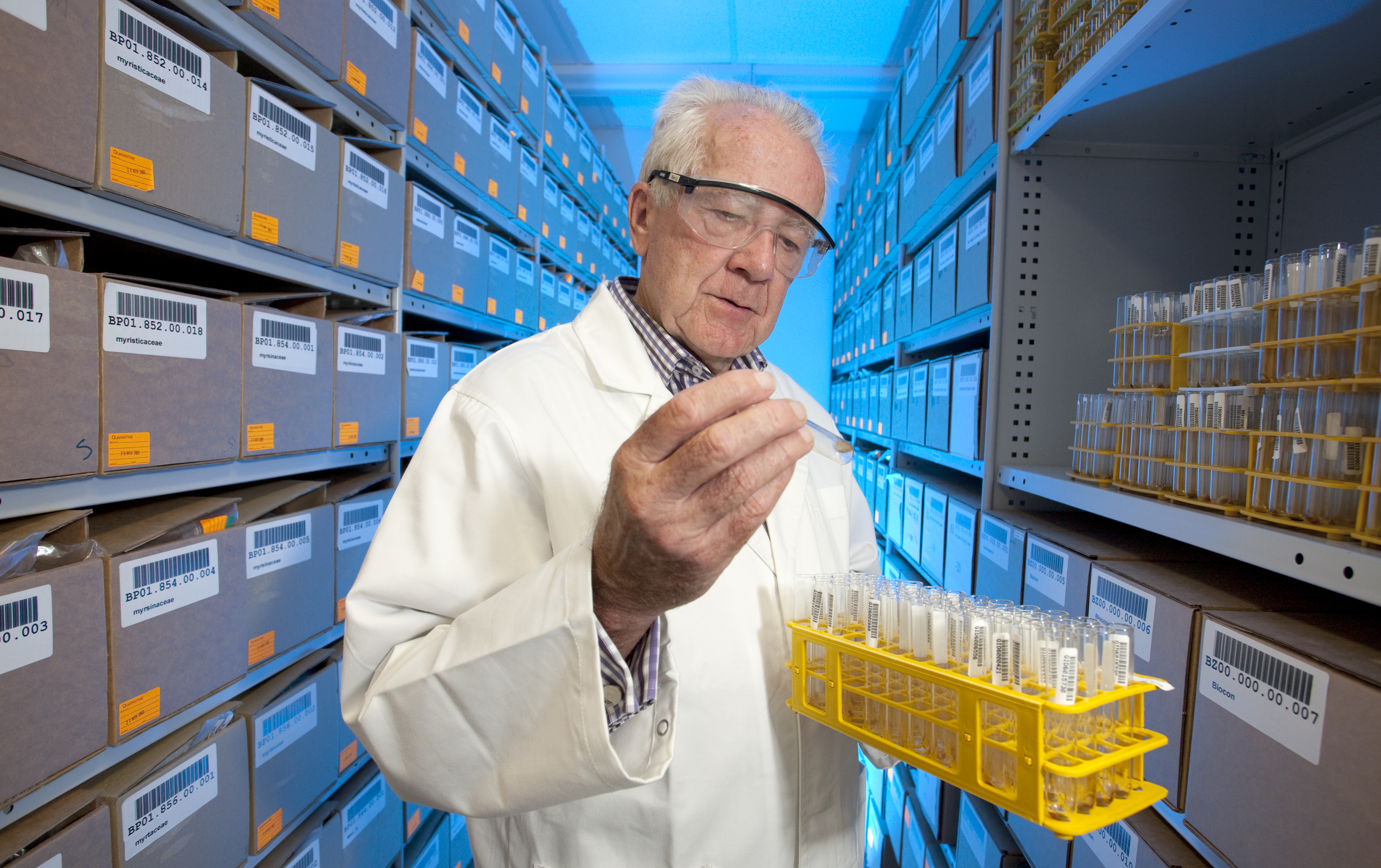In ancient times, our ancestors looked to the natural world for signs as to when to undertake certain activities. Today expert provide the information we need.
A weather forecaster may prompt you to carry an umbrella. An economist’s insights may influence your thinking on investment or employment. A doctor offers guidance on health and disease prevention. Each one is an expert in a specific field and may have devoted years to that singular endeavour. However, many of the challenges facing an increasingly complex modern society demand a different response.
Climate change, water resourcing and food production rank highly among multifaceted issues requiring a collaborative and cross-disciplinary approach in which scientific investigation must incorporate the dynamics and interplay of economic and social factors.
It’s a scenario especially relevant for the newly formed Systems Modelling Group within Griffith University’s Climate Change Response Program. Comprised of researchers for hire, participants are developing complex system models upon which other researchers can test theories and work towards solutions.
“Climate change is characterised by uncertainty, variability and complex interconnections that are highly dynamic and contain many feedback pathways,” says Dr Russell Richards from Griffith’s Centre for Coastal Management. Climate research also crosses multi-disciplinary and trans-disciplinary areas and therefore at times we are faced with the challenge of integrating wildly disparate data and information into our models.”
What is a system

Dr Oz Sahin, a Research Fellow with Griffith’s School of Engineering, explains that a system consists of a set of interacting and interdependent parts to function as a whole.
The defining properties of any system are the properties of the whole, which none of the individual parts possesses, while the only elements contained within a system are those deemed necessary to give rise to the behaviours-over-time of interest.
“Given the maxim that a picture paints a thousand words, the seemingly simple process of filling a glass of water is an example of a system involving multiple feedbacks and interdependencies,” says Dr Sahin. “Each step in the process of filling a glass will not fill the glass by itself because all parts must interact to make the system a reality.”
Starting from the element Pour Position at the top of the diagram, if the pourer tips further the Water Flow will increase and the Current Water Level will follow suit. These are ‘positive’ relationships as indicated by the ‘+’.
In contrast, as the Current Water Level increases, the Perceived Gap until the glass overflows becomes smaller. This is a negative (‘-‘) relationship that will prompt a change in the Pour Position to reduce water flow.
From qualitative ‘conceptual’ models
Qualitative conceptual models such as the glass of water example are typically the first step in processing system-climate models. They help to create a shared understanding of a system by defining its boundaries (domain), identifying important components and how they are connected, and collating current knowledge while identifying gaps in knowledge. Conceptual models are also excellent avenues for engaging with stakeholders, providing a mechanism for knowledge sharing and participation in ‘model building’.
“This is particularly relevant in the study of climate change because the human dimension is a major part of climate change adaptation,” says Dr Richards.
Furthermore, conceptual models provide a robust foundation for the creation of quantitative models. These transform conceptual models into numerical computer models that can be used to make predictions about future conditions under different scenarios (models for prediction). They also help elucidate how one system, or different parts of a system, interrelates with another (models for understanding).
“In the field of climate change, variability and uncertainty are important attributes of research,” says Dr Richards. “Quantitative models are often used to explicitly account for model variability, such as how rainfall varies from day to day, as well as uncertainty, such as knowing it will rain next year but not knowing how much.”
To meaningful quantitative models
If good modelling starts with conceptualisation, systems thinking and causal mapping are just two of the techniques used by the Systems Modelling Group to achieve it. Workshops, literature reviews and in-house expertise also contribute to the development of models.
Nevertheless, perhaps the biggest challenge for systems modelling, and particularly as it relates to climate change research, remains the conversion of qualitative models to quantitative models where data can be entered and predictions made. The data requirement for this process increases significantly because numerical frameworks are needed to link the components of the model (parameterisation).
The Griffith Systems Modelling Group is using a suite of methodologies to progress conceptual models and an important part of the process is identifying the best approach, or combination of approaches, for the research problem at hand.

One option is system dynamics, a straight numerical extension of the conceptual models that retains all components and interconnections and underpins them with mathematical equations. (See Figure 2 for an example of a system dynamics model representing a water supply system).
The problem is that these models are data-intensive and therefore disparate data, including missing data, can be problematic.
Conversely, as much as Bayesian network modelling – another common method used by the Systems Modelling Group – deals explicitly with uncertainty and variability, copes with sparse data and provides an integrative environment for multiple types of data, including expert opinion, it does not easily accommodate feedback pathways or spatiotemporal change.
Exploration, experience, expertise
As technology advances and computing power increases, the Systems Modelling Group is constantly exploring more numerically intensive methodologies to improve modelling capacity.
Models that dynamically link with Geographic Information Systems (GIS) to provide spatial context greatly increase computational and data requirements. However, they are also becoming more achievable, especially at spatial scales meaningful for local and regional assessments. Online modelling to increase the availability and applicability of models is also an emerging area providing immediate access to models and databases through wireless communication.
Finally, the role of touch screen tablet technology as a tool for improving data acquisition for developing models is an area in which the Systems Modelling Group is actively engaged. While previous experience in eliciting expert opinion as a source of data, especially for Bayesian network models, has revealed a process that can be undermined by inconsistencies, the development of tablet applications to strengthen the data collection process is demonstrating great promise in advancing the legitimacy of expert-based data used for models.
For further information or to contact the Griffith Systems Modelling group.







Thanks for a marvelous posting! I definitely enjoyed reading it, you could be a great author.I will be sure to bookmark your blog and will come back at some point. I want to encourage you to continue your great work, have a nice evening!
Spot on with this write-up, I really suppose this web site needs much more consideration. I’ll probably be again to read far more, thanks for that info.
I believe this website has got some really fantastic info for everyone : D.